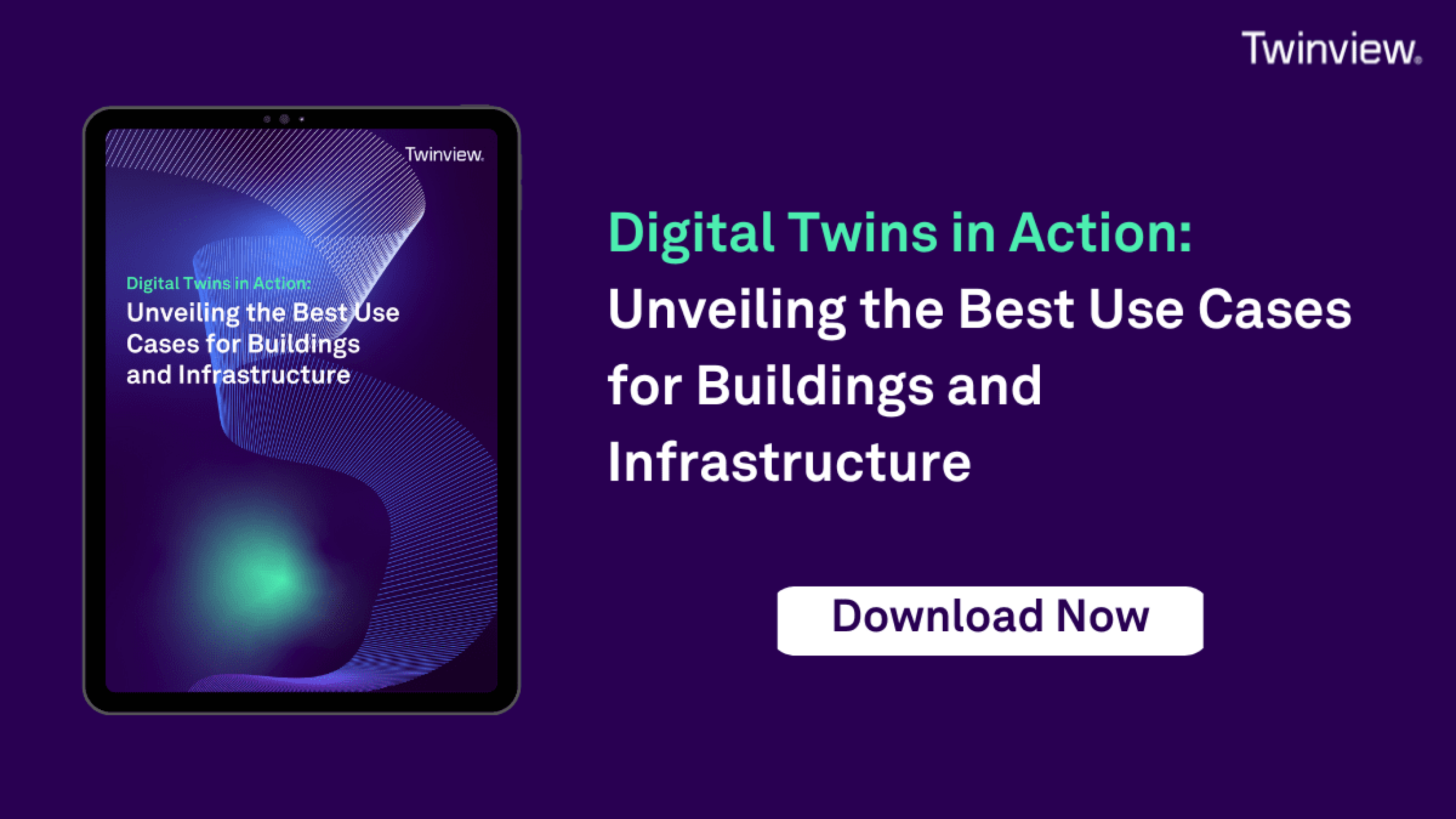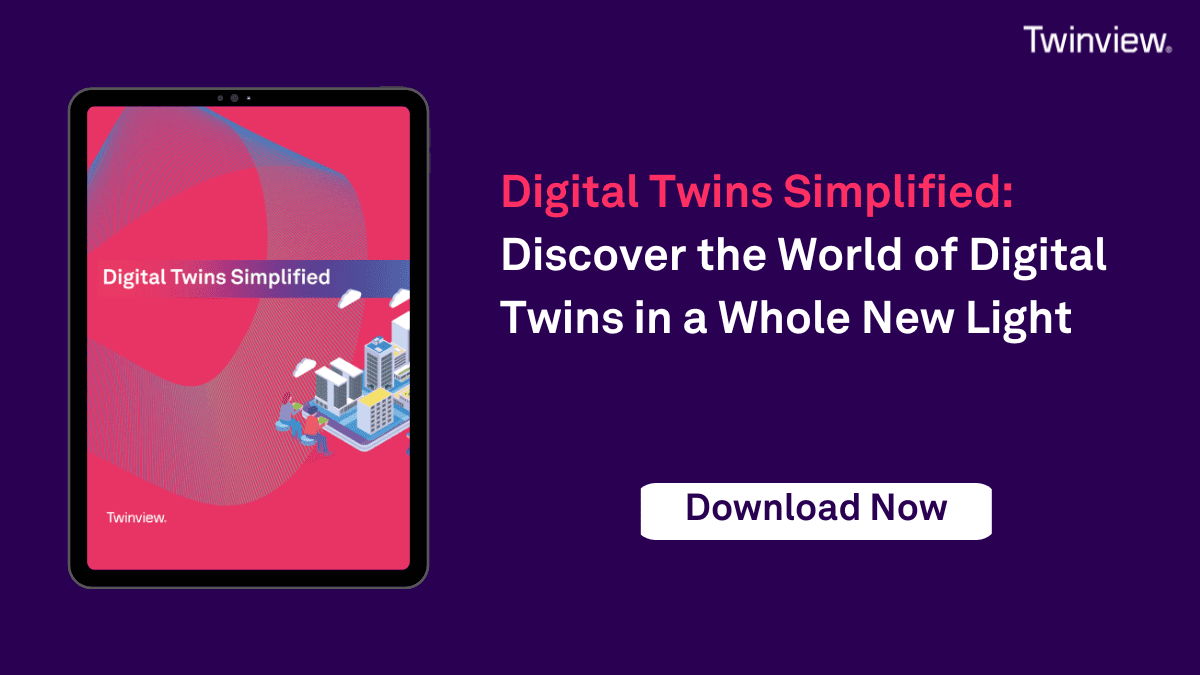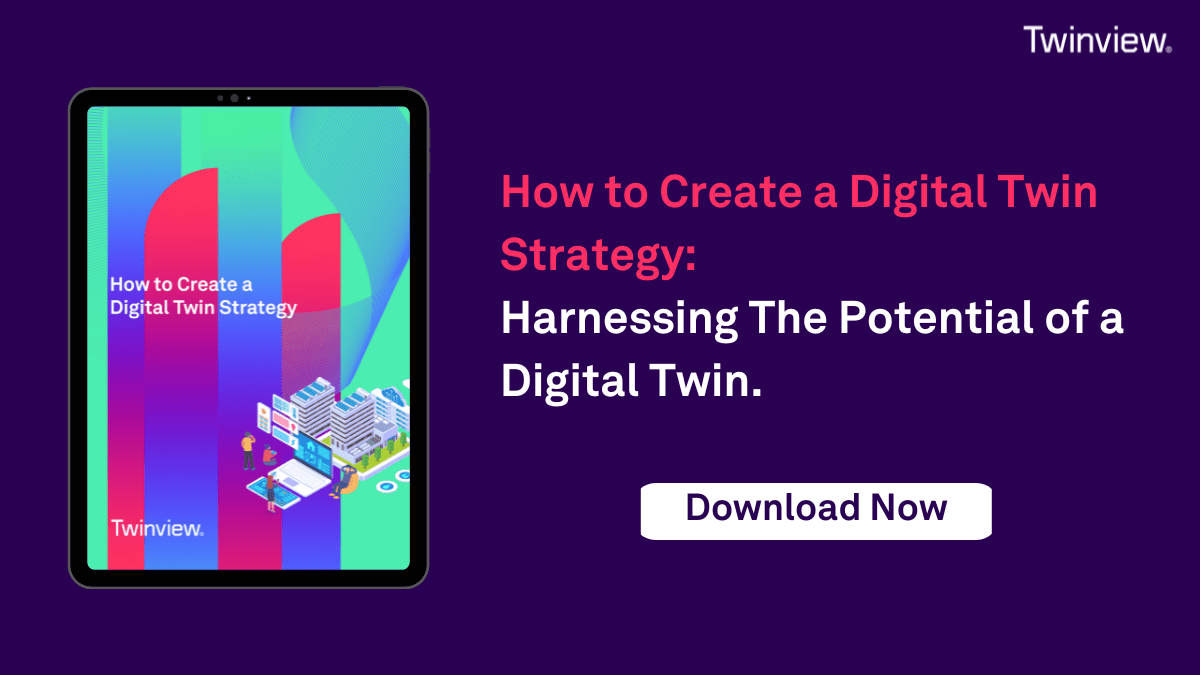25 Jun 2024 | Industry Insights
Maximising ROI with Digital Twin Technology: A Comprehensive Guide for Facilities Managers

Maximising ROI with Digital Twin Technology: A Comprehensive Guide for Facilities Managers
Introduction to Digital Twin Technology
In the evolving landscape of facility management, digital twin technology emerges as a groundbreaking solution designed to optimise operations, enhance efficiency, and maximise return on investment (ROI).
But what exactly is a digital twin? A digital twin is a virtual representation of a physical asset, system, or structure. This digital model is continuously updated with real-time data, enabling facilities managers to simulate, analyse, and predict various operational scenarios.
Importance in Facility Management
The significance of digital twins in facility management cannot be overstated. They enable managers to monitor systems in real-time, identify potential issues before they escalate, and implement predictive maintenance strategies. This proactive approach minimises downtime, reduces operational costs, and extends the lifespan of critical assets.
Applications of Digital Twins in Facility Management
Digital twins can be applied across various aspects of facility management, each offering unique benefits and opportunities for enhancing operations.
Real-Time Monitoring and Predictive Maintenance
One of the most significant advantages of digital twins is their ability to provide real-time monitoring of facility systems. For example, HVAC systems, lighting, and security systems can all be monitored through their digital counterparts. These digital twins track performance metrics, detect anomalies, and predict maintenance needs when integrated with IoT sensors. This predictive maintenance approach ensures that potential issues are addressed before they lead to costly failures.
Energy Management and Sustainability
Digital twins play a crucial role in energy management and sustainability efforts. By creating a comprehensive digital model of a facility's energy consumption patterns, managers can identify inefficiencies and implement corrective measures. For instance, a digital twin can reveal areas where energy is wasted due to outdated equipment or poor insulation, allowing for targeted upgrades that improve energy efficiency.
Space Utilisation and Optimisation
Facility managers can use digital twins to optimise space utilisation within their buildings. By analysing occupancy data, managers can make informed decisions about space allocation, ensuring that areas are neither underutilised nor overcrowded. This leads to more efficient use of available space, potentially reducing the need for additional real estate and associated costs.
A data-led approach to building usage can also help dynamically optimise maintenance schedules. For example, do assets need to be replaced in underutilised areas of the building?
Emergency Response and Safety
In emergencies, digital twins provide invaluable support for safety and response strategies. A digital twin can simulate various emergency scenarios, helping facilities managers develop and refine response plans. During an actual emergency, real-time data from the digital twin can guide personnel to safe exits, track people's movements, and manage resources effectively.
Benefits of Digital Twins in Facility Management
Implementing digital twins in facility management offers numerous benefits that collectively contribute to maximising ROI; some of the most common examples include;
Enhanced Operational Efficiency
By providing real-time insights into facility operations, digital twins enable managers to make data-driven decisions that enhance efficiency.
Studies have also found that Digital Twins can increase productivity by 15-20% through the digitalisation of building and asset information, dramatically increasing the ease of access to technical information from any device at any time.
This leads to significant time savings, allowing facilities teams to be more proactive and less reactive.
Reduced Downtime and Maintenance Costs
Predictive maintenance capabilities allow facility managers to address potential problems proactively, reducing unplanned downtime and lowering maintenance costs.
On average, Digital Twins can reduce asset downtime by 20% and maintenance costs by 18% by using data to predict equipment failures before they occur.
This saves money and ensures that critical systems remain operational, supporting the facility's overall productivity.
Improved Asset Lifespan
Regular monitoring and timely maintenance can extend the operational lifespan of machinery and equipment by 20-30%, reducing the need for frequent replacements.
This long-term perspective on asset management contributes to substantial cost savings over time while providing significant benefits to sustainability objectives.
Increased Energy Efficiency
Digital twins help identify energy inefficiencies and support the implementation of corrective measures.
By optimising energy consumption and making dynamic adjustments, facilities can reduce their utility bills by up to 30% and contribute to broader sustainability goals.
Enhanced Safety and Compliance
Digital twins support the development of robust emergency response plans and ensure compliance with safety regulations.
With a Digital Twin, you can reduce the risk of unlimited fines and potential imprisonment through automated compliance tracking with regulations and standards, ensuring accurate and timely reporting while maintaining high operational standards.
Strategies for Maximising ROI with Digital Twins
To fully realise the ROI benefits of digital twins, facilities managers should consider the following strategies:
Integrate with Existing Systems
Ensure your digital twin solution integrates with existing building management systems (BMS), IoT devices, and other relevant technologies.
This data inoperability provides a comprehensive, joined-up view of facility operations, enhancing the accuracy and utility of the digital twin while saving 20-30% of a facility manager's time by allowing quicker access to critical information and more efficient monitoring.
Leverage Data Analytics
Utilise advanced data analytics to extract actionable insights from the data provided by the digital twin.
Predictive analytics, machine learning algorithms, and AI can identify patterns and trends that inform strategic decisions, further optimising facility operations.
Foster Collaborative Efforts
Encourage collaboration between different departments and stakeholders. Digital twins provide a common platform for sharing information and insights, facilitating better communication and coordination.
This collaborative approach ensures that everyone is aligned with the facility's operational goals.
Implement Incremental Upgrades
Rather than attempting a complete overhaul, consider implementing digital twin technology incrementally.
Start with a pilot project to demonstrate value and gain buy-in from stakeholders. Once the benefits are evident, gradually expand the scope of implementation to cover additional systems and processes.
Monitor and Evaluate Performance
Monitor and evaluate your digital twin solution's performance regularly. Establish key performance indicators (KPIs) to measure their impact on operational efficiency, maintenance costs, energy consumption, and other relevant metrics. Use this data to refine and improve your digital twin strategy continuously.
Practical Insights and Scenarios
To illustrate the potential ROI of digital twins, consider the following scenarios:
Scenario 1: HVAC System Optimisation
A large commercial building implements a digital twin for its HVAC system. By continuously monitoring performance and identifying inefficiencies, the facility manager can schedule maintenance during off-peak hours, reduce energy consumption by 15%, and extend the lifespan of the HVAC units by 20%. These improvements result in substantial cost savings and a quick return on investment.
Scenario 2: Space Utilisation in Office Buildings
A corporate office complex uses digital twin technology to analyse occupancy patterns. The data reveals that certain meeting rooms are underutilised while others are in high demand. By reallocating space and adjusting booking policies, the facility manager optimises space usage, improves employee satisfaction, and avoids the costs associated with acquiring additional office space.
Scenario 3: Energy Efficiency in Industrial Facilities
An industrial facility uses digital twin technology to monitor energy consumption across production lines. The digital twin identifies machines that consume excessive energy due to outdated components. By upgrading these machines and implementing energy-efficient practices, the facility achieves a 25% reduction in energy costs, translating to significant annual savings.
Conclusion
Digital twin technology represents a transformative opportunity for facilities managers to maximise ROI through enhanced operational efficiency, reduced maintenance costs, extended asset lifespan, and improved energy management.
Facilities managers can unlock the full potential of this innovative technology by integrating digital twins with existing systems, leveraging data analytics, fostering collaboration, implementing incremental upgrades, and regularly monitoring performance.
Embrace the power of digital twins to elevate your facility management practices, drive sustainable outcomes, and achieve unparalleled returns on your investment.

eBooks
Digital Twins in Action: Unveiling the Best Use Cases for Buildings and Infrastructure
Understanding the diverse use cases of digital twins is paramount to unlocking their full potential. In this eBook, we will explore many use cases showcasing the versatility and efficacy of digital twins across different domains. From optimising energy consumption in buildings to ensuring the resilience of critical infrastructure.
Read more

eBooks
Digital Twins Simplified
Discover the world of digital twins in a whole new light with our eBook, Digital Twins Simplified! Specifically tailored for construction enthusiasts and professionals, this comprehensive guide demystifies the concept of digital twins, breaking it down into easily digestible insights. Uncover the transformative potential of this cutting-edge technology as you explore real-world applications, benefits, and strategies to revolutionize your construction projects.
Read more

eBooks
How to Create a Digital Twin Strategy
In the era of digital transformation, businesses across various industries are leveraging innovative technologies to enhance their operations and drive growth. One such groundbreaking technology is Digital Twinning. However, to truly harness its potential, a well-thought-out digital twin strategy is vital. This is where our latest PDF - "How to Create a Digital Twin Strategy", part of the Demystifying Digital Twins series, comes into play. This detailed guide is designed to provide you with a clear roadmap to establish a successful digital twin strategy that can significantly impact your business outcomes.
Read more
Book your one-on-one appointment with one of our specialists.
info@twinview.com
+44 (0)844 800 6660
London
24 Greville Street
Farringdon
London
EC1n 8SS
Newcastle
Spaceworks
Benton Park Road
Newcastle upon Tyne
NE7 7LX

